In 1924 Sakichi Toyoda set up a company called the Toyoda Automatic Loom Works, a maker of textile machinery. The first prototypes were shown in 1935; a year later came the first production model.
However, it wouldn’t be until August 27, 1937 that the Toyota Motor Company was formed. The Japanese company has been rather busy since then – it’s built around 250 million cars, and has become the world’s second-largest carmaker.
Easily the world’s biggest producer of hybrid vehicles, Toyota may have a reputation for building ultra-reliable cars but it’s also produced its fair share of landmark models over the last eight decades – let’s take a look at all the finest Toyotas there have ever been:
Toyota AA (1936)

Toyota’s first car was the AA, presented in 1936 and powered by a 3.4-litre six-cylinder engine; 1,404 were made. The first home-built car for the Japanese market, its public debut at an exhibition in Tokyo, together with a cabriolet version (the AB), helped prompt the Japanese government to give the Toyoda Automatic Loom Works permission to build vehicles, opening the way for the founding of Toyota and the immediate construction of its first auto factories.
Toyota AE (1939)
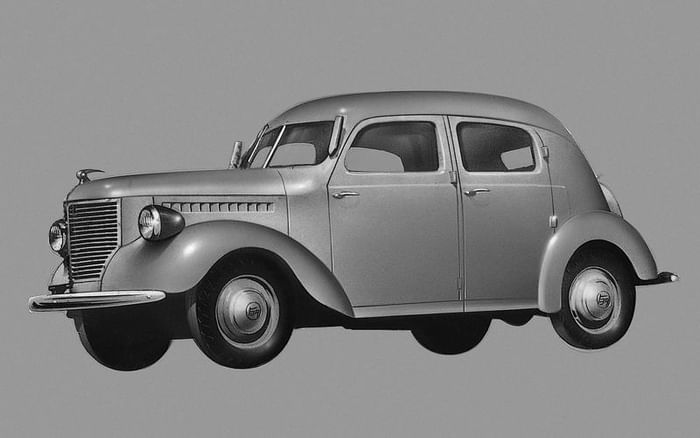
The AA was developed into the AB (a phaeton version) and AC (a more powerful AA). Just 353 and 115 units were built, respectively, before the company’s second model was unleashed – the AE. Whereas the AA’s design had been based on the Chrysler Airflow’s, the AE’s was inspired by the Volvo PV60 – itself borrowing heavily from US designs. Power for the AE came from a 46hp, 2,258cc four-cylinder engine.
Toyota SA (1949)
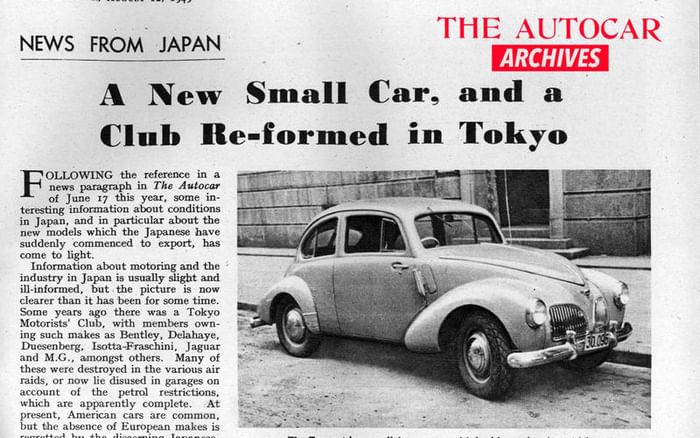
Until the mid-1960s, in most markets, Toyota sold its smaller cars under the Toyopet brand. Its first post-war car was the SA, which featured a 995cc four-cylinder engine. Just 215 units were made between 1947 and 1952, but it created the template for a series of small Toyotas that would be built in bigger numbers. We believe this page from 1949 is the first time our sister publication Autocar UK mentioned this highly-consequential company.
Toyota Land Cruiser (1953)
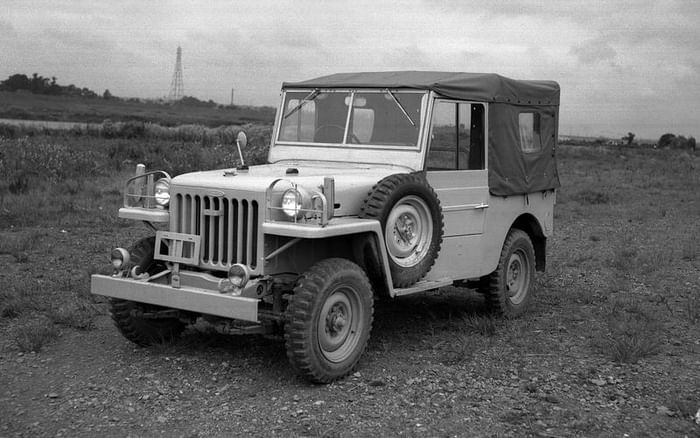
The BJ was launched in 1953 and a year later it was rechristened Land Cruiser in response to a British rival known as the Land Rover. By 1955, a second-generation model was on sale and in 2019 there’s still a Land Cruiser in the price lists in international markets, now in ninth-generation form. They are famed the world over for their off-road ability and huge reliability and sturdiness.
Toyota Crown (1955)
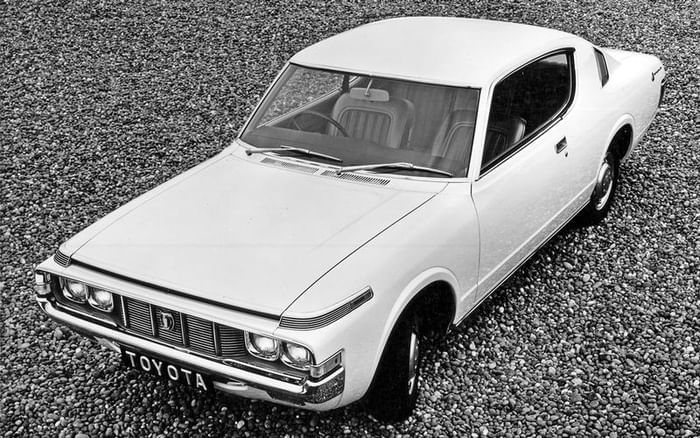
The Crown was the first car to be sold by Toyota in the US, initially wearing Toyopet badges but American consumers didn’t like the branding so it was switched to Toyota. Those first cars had a 49hp 1,453cc engine, but in 1960 they gave way to a new 1,879cc unit. The Crown is still in production in 14th generation form. The sweet spot for collectors is the fourth-generation car built between 1971 and 1974.
Toyota Corona (1957)
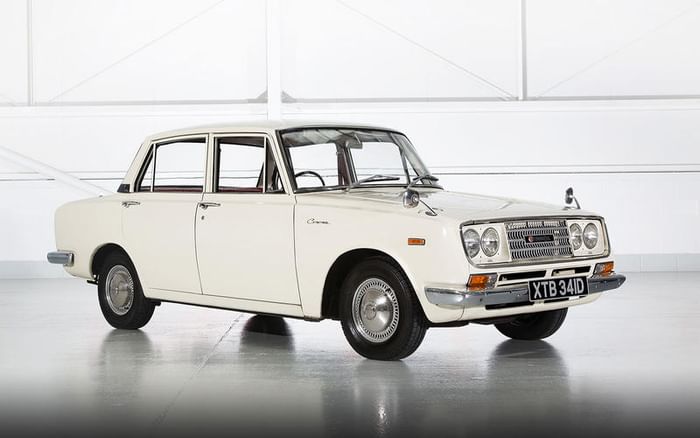
Toyota’s first Corona appeared in 1957, a small family car that paved the way for the development of the all-conquering Corolla in the 1960s. It was the first Toyota to be imported into Europe and the UK, following the company’s first appearance at the 1965 London motor show; the car pictured is one of the first examples sold in the UK, in 1966. The Corona remained on sale in the UK until the mid-1970s and passed through 11 generations, with the last model to carry the name being offered in Japan up until 2001.
Toyota Publica (1961)
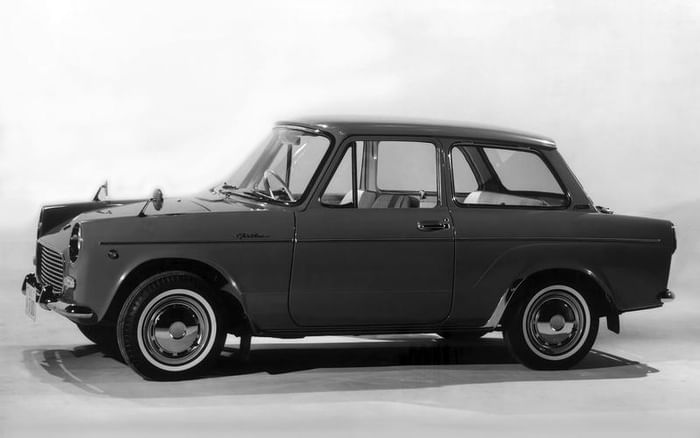
As early as 1954, Toyota started to develop a new economy car for the home market, but it wouldn’t be until 1961 that the Publica arrived. A 28hp 697cc two-cylinder air-cooled engine was fitted, but Toyota decided to export the car with a 1.0-litre engine from 1962. There were sedan, estate, convertible and pick-ups editions available.
Toyota Sports 800 (1965)
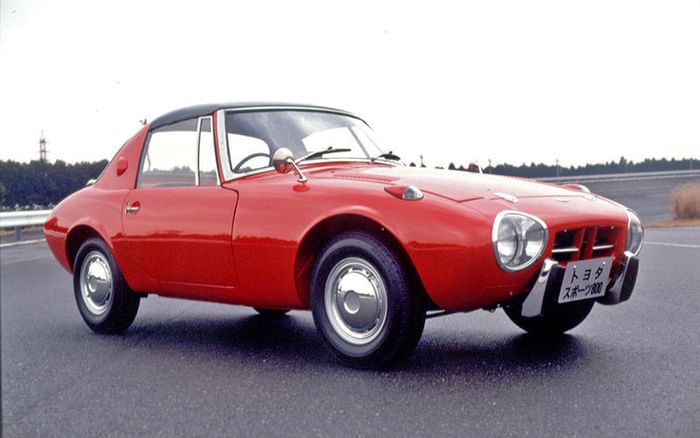
Toyota showed its first sportscar in 1962, called the Toyota Publica Sports and sporting a mighty 28hp 697cc two-cylinder engine. By 1965 the car had entered production as the Toyota Sports 800, with a 45hp 790cc engine that could take the car all the way up to 160kph.
Toyota Corolla (1966)
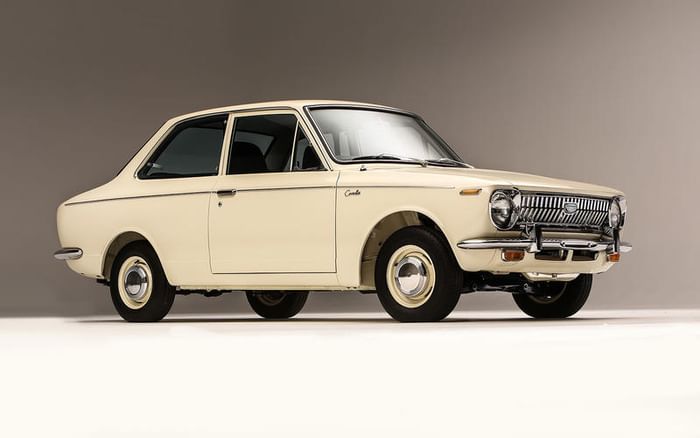
The Corolla has been rather successful for Toyota since it arrived 51 years ago. With over 45 million examples sold across 12 generations, the Corolla is still going strong in many markets. The excellent, if slightly dull, Corolla Altis sold in India will be discontinued sometime before BS6 emissions norms kick in on April 1, 2020.
Toyota 2000 GT (1967)
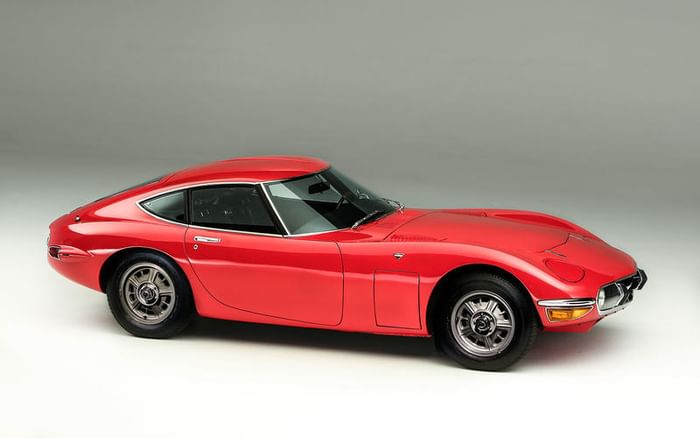
Easily the most valuable and collectible Toyota ever made, the 2000 GT was first shown in 1965 and entered production two years later. Despite a starring role in the Bond movie You Only Live Twice, sales were hard to come by and just 351 were made. A 150hp, 1,988cc DOHC straight-six was fitted, enough to take the 2000GT to 217kph, but the car was priced too high to sell in significant numbers.
Despite its commercial failure, the 2000 GT was of huge long-term consequence – it was Japan’s first truly credible sportscar, but very much not its last.
Toyota Century (1967)
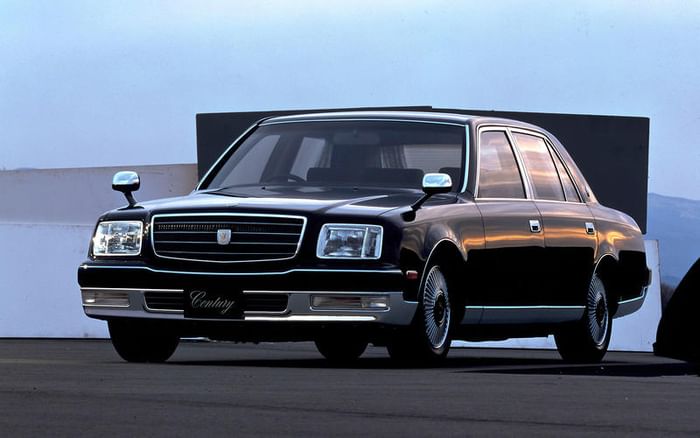
Introduced to take on the Nissan President, the original Century was in production from 1967 until 1997. In the nose was a 3.0-litre V8, later upgraded to a 3.4-litre unit and then a 4.0-litre. An all-new Century arrived in 1997, looking much like the original but with a 5.0-litre V12. Sold mainly in Japan, the Century is priced at the same sort of level as the Lexus LS, and it now features a hybrid V8.
Toyota Hilux (1968)
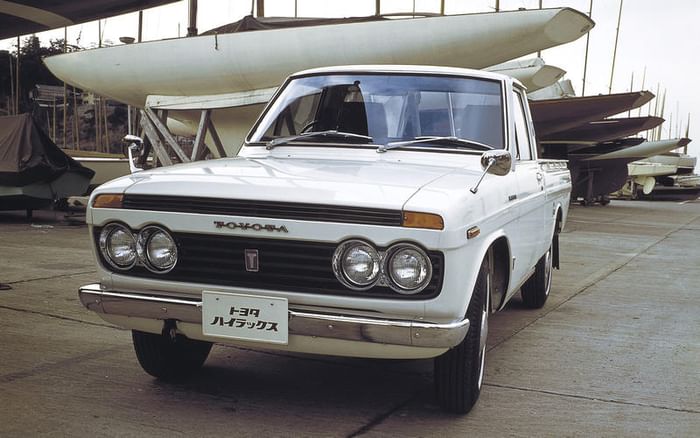
Next year will mark half a century since the Hilux arrived, and it’s still in production in eighth-generation form. Tough and dependable, go to a war zone and it’ll be full of Hiluxes battling with impossible terrain and emerging unscathed.
In 2003, Top Gear famously tried to destroy one by putting it on top of a building that was being demolished in a controlled explosion; afterwards, while its bodywork had seen better days, after a bit of tinkering the engine started just fine.
Toyota Celica (1970)
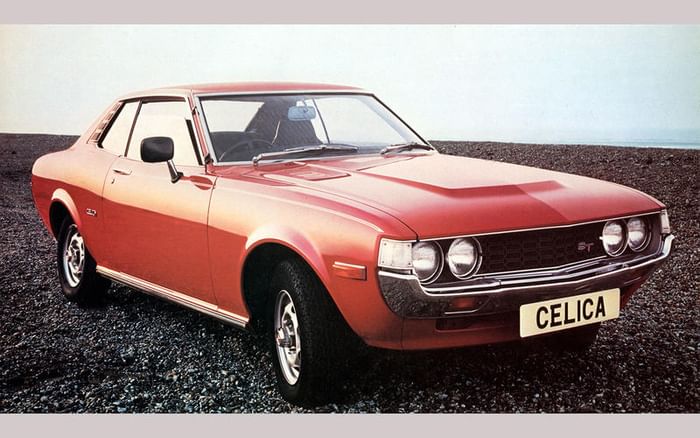
Launched in 1970 in international markets, the Celica was inspired by the Ford Mustang in terms of its ethos and design. Powered by a rev-happy twin-cam engine, the Celica proved that Toyota could do fun as well as functional. By the time it went out of production in 2006 (in seventh-generation form), four million Celicas had been made.
Toyota Camry (1982)
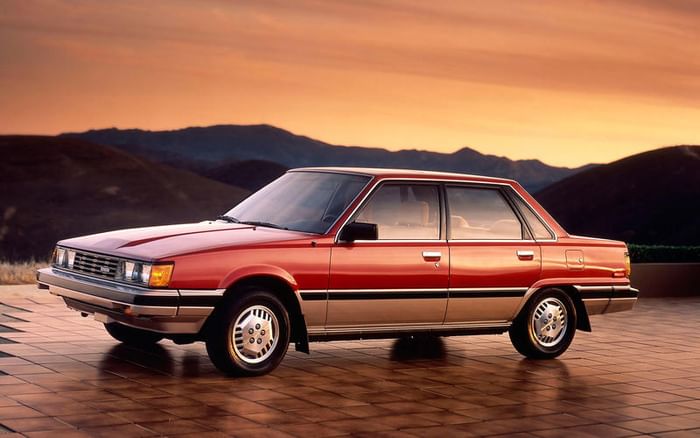
Although it never made much of an impact in the UK, where it was sold since its introduction in 1982, the Camry has been Toyota’s most successful car in North America. Apart from in 2001, between 1997 and 2016 the Camry was America’s bestselling car. The fourth-generation Camry Hybrid had arrived in India at the beginning of this year, and priced at Rs 36.95 lakh (ex-showroom, Delhi), it has received a good response so far.
Toyota Corolla AE86 (1984)

The Corolla AE86 was a rear-wheel-drive three-door coupe fitted with the same free-revving 1.6-litre engine as the MR2. As such it was a fabulous drive – our sister publication Autocar UK had said: “On dry roads the handling is a delight... This feeling of excellent balance is fostered by the moderate degree to which the Corolla GT tucks in when abruptly lifting off the throttle mid-corner – indeed on dry roads it is difficult to upset the rear end under any circumstances”.
The AE86 – specifically the pop-up headlights version called the Trueno in Japan (the pictured model is a Levin that came with the standard headlight units) – now has quite a cult following thanks to the Initial D anime series that popularised the model.
Toyota MR2 (1984)
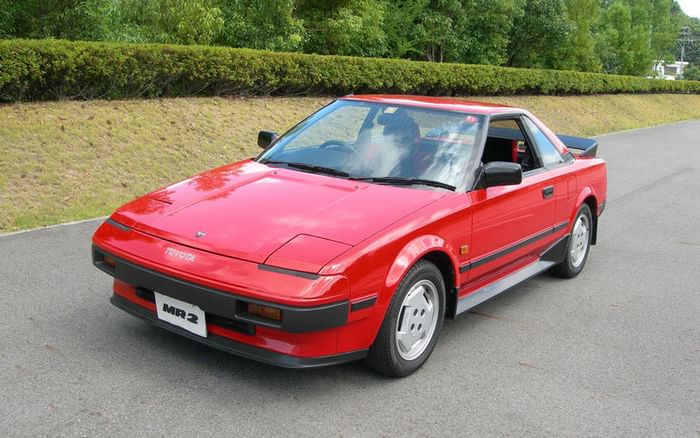
When Toyota launched its Midship Runabout 2-seater in 1984 it was a breath of fresh air for enthusiasts; at that time, the only other affordable mid-engined sportscar was the ageing Fiat X1/9. Front-engined rivals included the Honda CR-X, Mazda RX-7 and even the Caterham Seven, but Autocar UK’s verdict? “None of the opposition can match the all-round competence of the Toyota”.
Toyota Supra (1986)
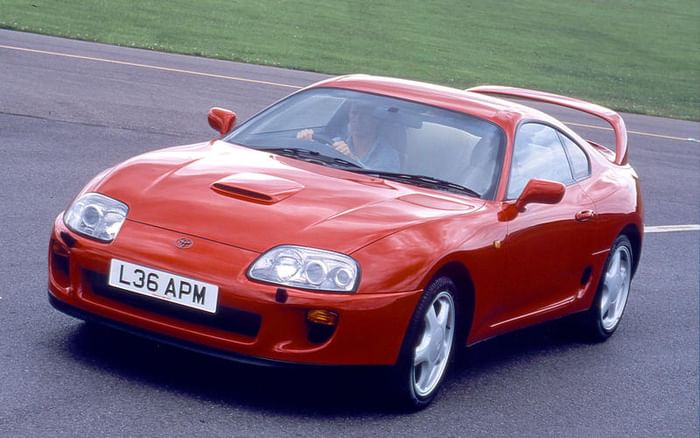
The Supra name was originally reserved for top-end Celicas but in 1986 it became a separate model. The original Supra packed a 204hp straight-six but the final iteration, which went out of production in 2002, was a beast of a car, with its 330hp twin-turbo engine that allowed the car to despatch the 0-96kph sprint in less than 5 sec.
Toyota Celica GT-Four (1988)

The first three generations of Celica were rear-wheel drive, but in 1985, the power switched to the front. By 1988 there was a four-wheel-drive option too in the 185hp turbocharged GT-Four – the first car to be sold in the UK with a catalytic converter. A cheaper alternative to the mighty Audi Quattro – the GT-Four’s power, performance and stability were particularly noteworthy but the vague steering was reported to be something of a passion killer.
Lexus LS400 (1989)
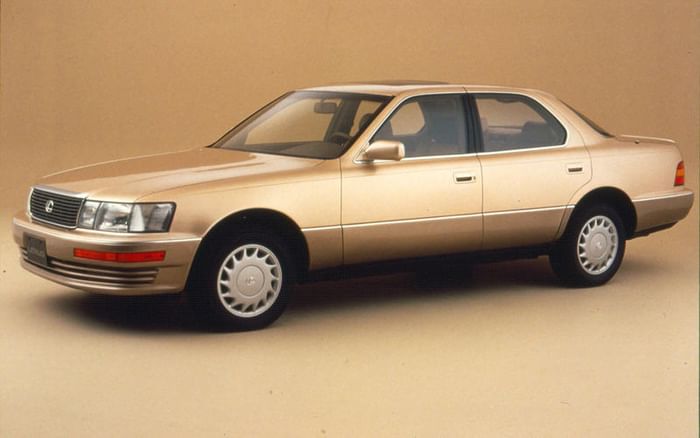
Toyota chairman Eiji Toyoda challenged his team to create a luxury car that could rival the best in the world; within two years of its launch, the LS400 was outselling all of its imported rivals in the US.
Autocar UK’s first drive in 1990 led them to declare: “It’s easy to see why this car is tearing the heart out of European luxury car sales in the US. On the right road – a long, smooth, straight one – it is the quietest, most relaxed and most refined car we have ever had the pleasure to drive... But there is more to a luxury saloon than motorway munching... Underneath it all, this exceptionally good car is still a Toyota, and it shows.”
Toyota Sera (1990)
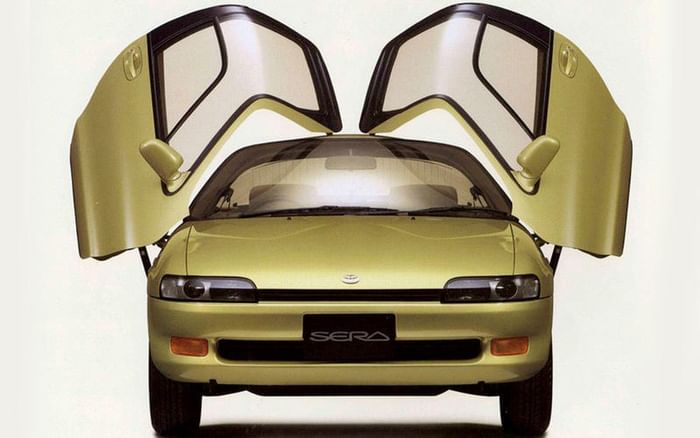
Produced only for the home market, plenty of examples of the Sera were exported. First seen as the AXV-II concept (Toyota has a knack for picking catchy concept names), the Sera stayed in production until 1995. Power came from a 1,496cc engine and by the time it was discontinued, almost 16,000 had been built.
Toyota Rav4 (1994)
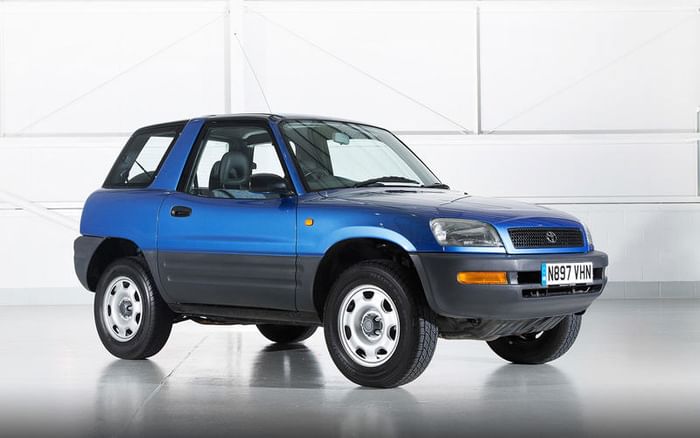
The Rav4 is credited with being the first of a new breed – the small SUV. When it was first driven in 1994, it was compared with the Suzuki Vitara, Vauxhall Frontera, Ford Maverick and Daihatsu Sportrak – it didn’t seem especially revolutionary. But it was clearly a likeable car: According to Autocar UK, “With the versatility of a multi-purpose vehicle, adequate performance and Toyota quality, the Rav4 should do well.”
Toyota Prius (1997)

The original Prius may have looked gawky but it created a template that’s done rather well for Toyota; combined with Lexus, it’s sold over 10 million hybrids so far. Launched in Japan in 1997, the Prius arrived in the UK three years later.
When the Prius was first driven in 1998, Autocar UK had said: “If the idea catches on in Japan it can’t be long before this new technology becomes much more common across the world.” When Autocar UK drove the car in 2000, they said: “Easy to drive and with environmental credentials to die for, the Prius is an attractive prospect.”
And history will surely look positively on Toyota’s decision to embrace semi-electrification, while largely ignoring diesel except on its largest vehicles.
Toyota Yaris (1999)
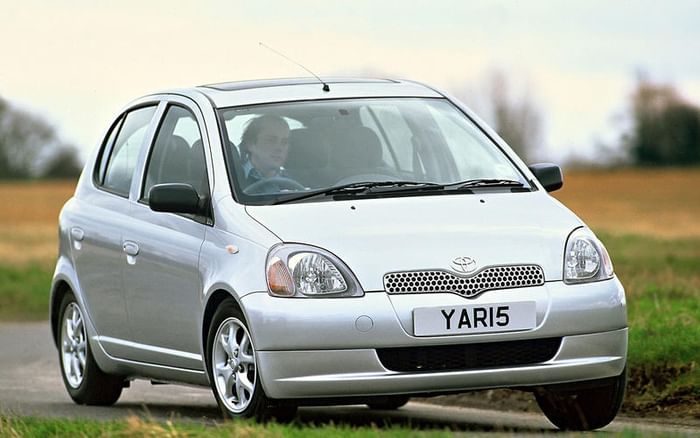
A mass-market shopping trolley doesn’t sound like anything to get excited about, but when the Yaris arrived in 1999 our colleagues at Autocar UK were happy to heap praise upon it. They wrote: “This new Toyota is going to send competitors back to the drawing board and have customers crowding into showrooms... It’s fun, practical and charming, with real substance and balance”. This hatchback is not to be confused with its current-gen sedan counterpart that is currently on sale in India, where it rivals the Maruti Suzuki Ciaz, Hyundai Verna and Honda City.
Toyota IQ (2008)
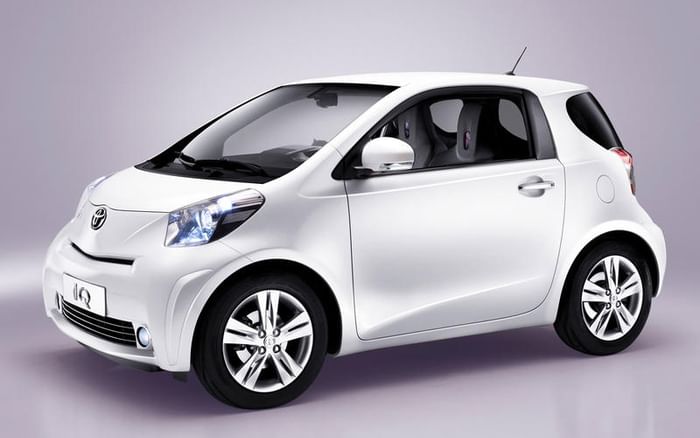
The IQ was supposed to revolutionise the city car market but high prices stifled sales. It was an impressive car if not quite as groundbreaking as Toyota claimed. Autocar UK had said: “There is plenty to like, not least its cruising ability that is way beyond that of rivals, let alone a Smart. The car’s cleverness extends to the packaging, with space for three adults an easy proposition. Whether a fourth passenger can be taken depends entirely on the position of the driver’s seat, but it’s best not to count on it. Nor should you count on taking any luggage – boot space is minimal to say the least”.
Toyota GT86 (2012)
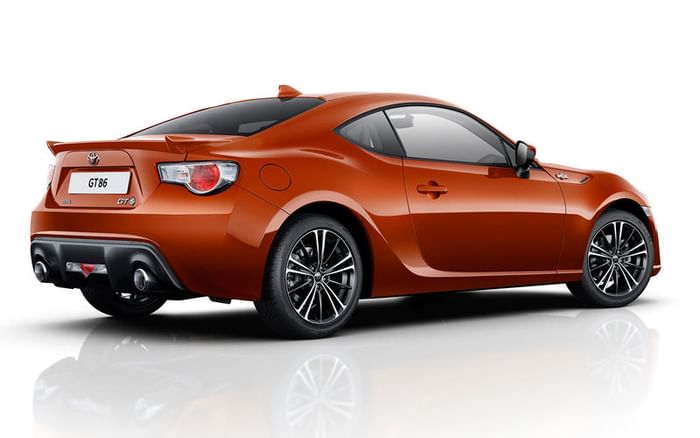
Toyota went for far too long without an enthusiast’s car in its range, so the GT86 was very welcome when it arrived in 2012. Our colleagues at Autocar UK had said: “With the GT86 it is necessary not just to accept a few compromises but positively embrace them, for they make the car what it is. They’re visible, audible, tangible characteristics that serve to remind you that you’re driving the keenest, sharpest, most enjoyable and loveable small sports car for a generation”.
Toyota Corolla (2018)
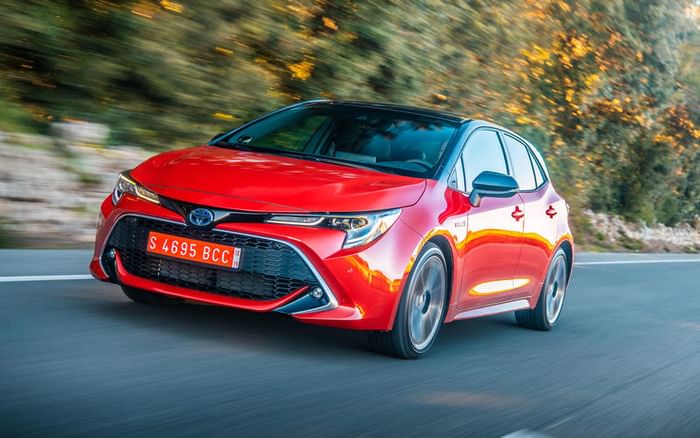
The Corolla hasn’t made many waves for decades, but the latest, twelfth-generation version – which combines sharp looks, a smart interior and well-resolved handling in a refined hybrid package – is one of the very best hybrids available.
Toyota GR Supra (2019)
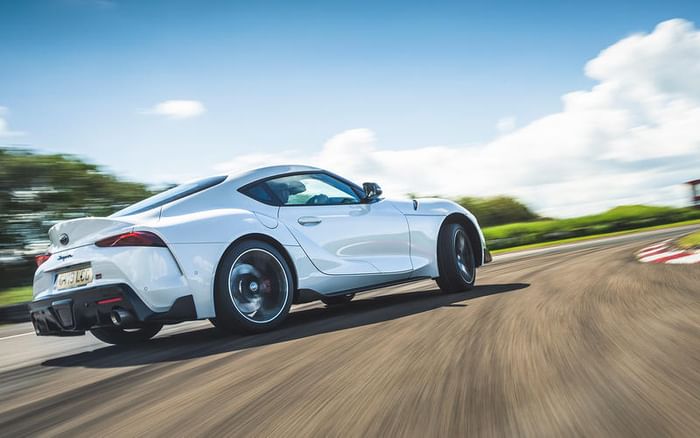
It seemed a long time coming, but the Supra is back. Co-developed with BMW and produced in Austria, this Toyota features a BMW engine and a BMW interior, but since there’s little wrong with either, there aren’t any complaints. Power comes from a 3.0-litre turbocharged straight-six, delivering 340hp, a 0-100kph time of 4.3sec, and a restricted top speed of 250kph. It has an 8-speed automatic gearbox.
Our sister publication Autocar UK’s verdict? While they don't think it's perfect, "it's still a welcome addition to a small but growing class of purpose-built sports cars. Clearly a car with great potential, but not all of it has been realised yet." We wish the new car well.
Click here for Toyota India models, prices, reviews, images, videos and more details




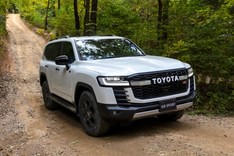




Comments
Member Login
Personal Details
No comments yet. Be the first to comment.